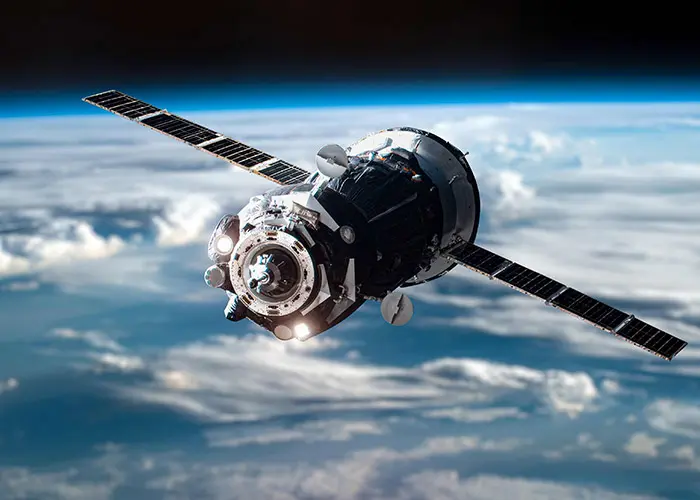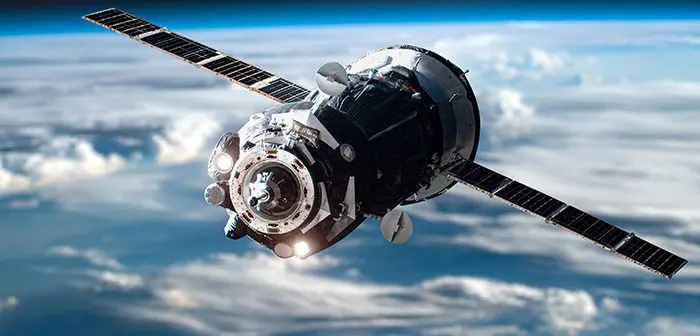
Warsaw-based PIAP Space has announced the launch of the INORT (In-Orbit Refueling Technology for Unprepared and Prepared Satellites) project.
The project aims to analyse and develop solutions to extend the operational lifetime of satellites by designing in-orbit refuelling technology. The technology will solve the problem of satellites being taken out of service due to lack of fuel while they are still fully functional.
Currently, there is no European standard for refuelling new satellites, so the project involves developing a comprehensive roadmap for an in-orbit refuelling service.
The project also includes the development of all necessary technologies and components, such as proximity operations, docking (also developed by PIAP Space), servicing operations, and disconnection.
PIAP Space says the project will bring significant savings by reducing the costs associated with replacing satellites. It will also support more sustainable ways of designing missions and reduce the number of deorbiting satellites. The technology can be applied to new generations of satellites and current models not originally designed for in-orbit refuelling.
“This initiative strengthens our commitment to responsible space operations and actively drives innovation in satellite technology,” said PIAP CEO Marcin Dobrowolski. “We are providing solutions that address current needs and shape the future of space technology.”
The INORT project is going ahead in collaboration with two centres from the Łukasiewicz Research Network’s Institute of Aviation. The Space Technology Centre is responsible for developing refuelling technologies, including mechanical connectors and procedures for propellant transfer. Meanwhile, the Unmanned Technology Centre focuses on the energy aspects of the servicing mission, the development of optoelectronic sensors required for satellite localisation, and the maneuvers involved in docking and post-docking control.
“The ability to refuel satellites in orbit is crucial for the future of space exploration,” said Łukasiewicz Institute of Aviation’s Paweł Surmacz. “It can lead to significant cost savings by reducing the need to replace satellites and decreasing the number of satellites that need to be deorbited. This technology will apply to both current satellite models and next-generation satellites.”
PIAP Space has been developing robotic solutions for the space industry since 2017. Among other things, in 2022, the company’s engineers built a prototype chassis for the Sample Fetch Rover as part of the NASA-ESA Mars Sample Return mission, which aims to deliver rock samples from the Red Planet to Earth. PIAP Space is also the prime contractor for the European Space Agency’s advanced robotic arm project, TITAN.
In January 2024, the company announced that its prototype robotic arm model (breadboard) was undergoing testing for integration into ESA’s ARGONAUT lander project, where it will be responsible for safely transporting cargo from the lander to the Moon’s surface. This will enable ESA to perform tasks such as manned missions, equipment and material transportation, and autonomous lunar exploration. Recently, PIAP Space also concluded the ORBITA project, aimed at improving the utility and efficiency of satellite servicing by introducing specialised robotic grippers designed for in-orbit manipulation.





